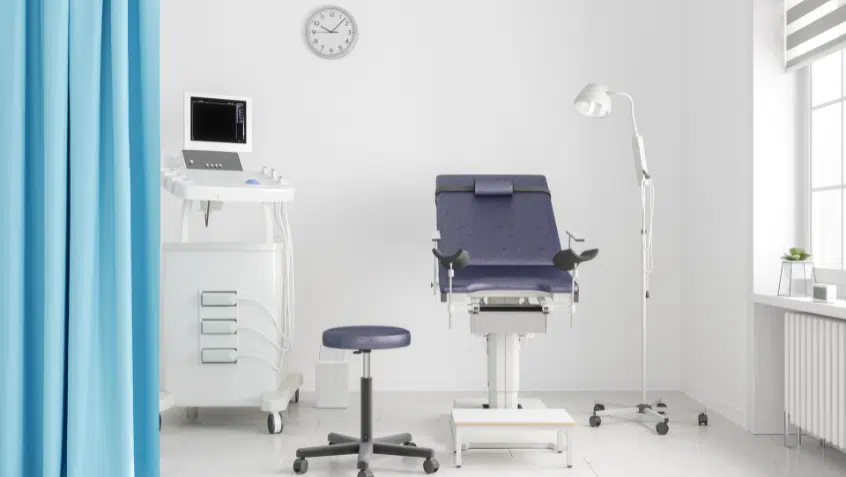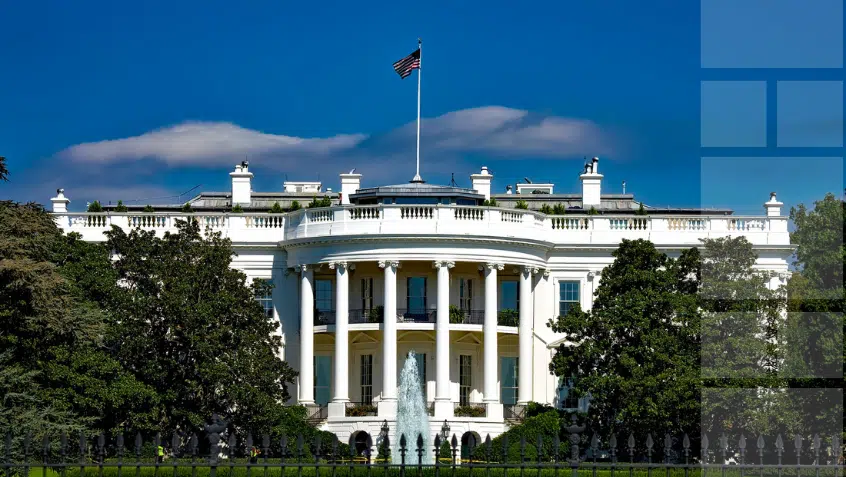The Medicare Interactive website just got an upgrade. Take a look today!
Aligning Medicare Payment Across Settings Would Reduce Costs for Patients and Program

When it comes to billing rates, where a Medicare beneficiary receives health care is almost as important as the service itself. Medicare pays more for medical services performed in hospital outpatient facilities than in physician’s offices, even when the care is identical, and even when the outpatient facilities are nowhere near a hospital. In addition, Medicare allows hospitals to charge patients “facility fees” to help offset their operational costs. These payment differentials create incentives to move certain services from less expensive “office” settings to more expensive “hospital” settings. And when Medicare pays more, people with Medicare pay more. Sometimes lots more.
There are solutions to correct these misalignments. The Medicare Payment Advisory Commission (MedPAC) recommends establishing a set of services that can be provided safely in providers’ offices, and then paying the same price for that service no matter where it is delivered, barring medical complications and the need for higher levels of care. This type of pricing is “site neutral,” meaning it does not increase or decrease depending on where the service occurs. MedPAC identified 57 services that could be structured this way, and the Congressional Budget Office (CBO) estimated this move alone would save Medicare $100 billion over ten years. The CBO also estimated that another change, reimbursing all hospital outpatient departments that are not on a hospital campus at the lower physician’s office rate, would save an additional $40 billion. A nonpartisan thinktank put the numbers for very similar proposals even higher: a savings of $153 billion for Medicare, plus $51 billion in lower premiums and $43 billion in lower cost sharing for beneficiaries. The Government Accountability Office (GAO) has been making similar recommendations since 2015, urging the federal government to “equalize payment rates between settings for [evaluation and management] office visits—and other services that the Secretary deems appropriate—and to return the associated savings to the Medicare program.”
Facility fees are a different but related phenomenon. With a facility fee, hospitals or other facilities tack on an extra charge for the use of their facilities. Some systems charge them even when the setting appears to be a standard provider office, creating surprise bills for patients.
Together, these site-specific payment differences come at an enormous cost, but they can also be hard to spot. Hospital systems can mask some payments by using the same code identifiers across settings so that the service location is not apparent from the billing claim. Establishing a more transparent system with separate identifiers for different settings within a hospital system would combat overcharging and illuminate places where further reforms are needed.
At Medicare Rights, we support policies that help beneficiaries obtain care in the lowest cost setting appropriate for their health and safety. If done right, the commonsense reform options above would save people with Medicare and the program significant money without compromising access to high-quality care.
Read more about aligning payment from MedPAC.
The Latest
Most Read
Add Medicare to Your Inbox
Sign up to receive Medicare news, policy developments, and other useful updates from the Medicare Rights.
View this profile on InstagramMedicare Rights Center (@medicarerights) • Instagram photos and videos









